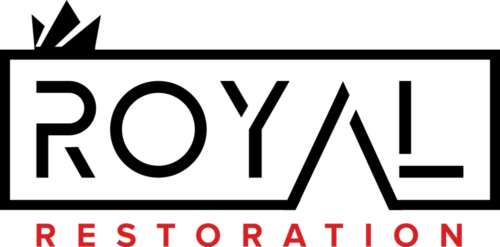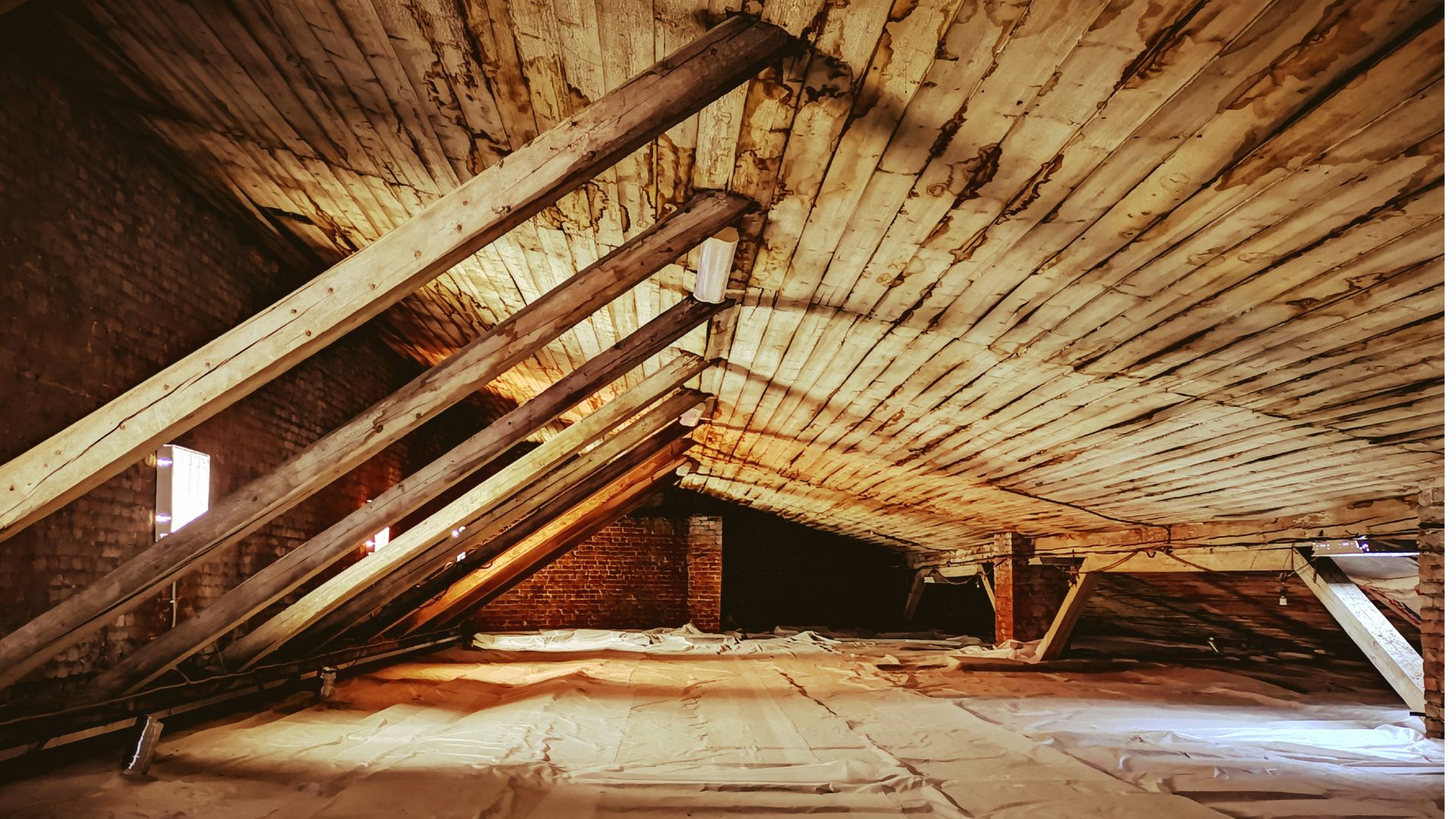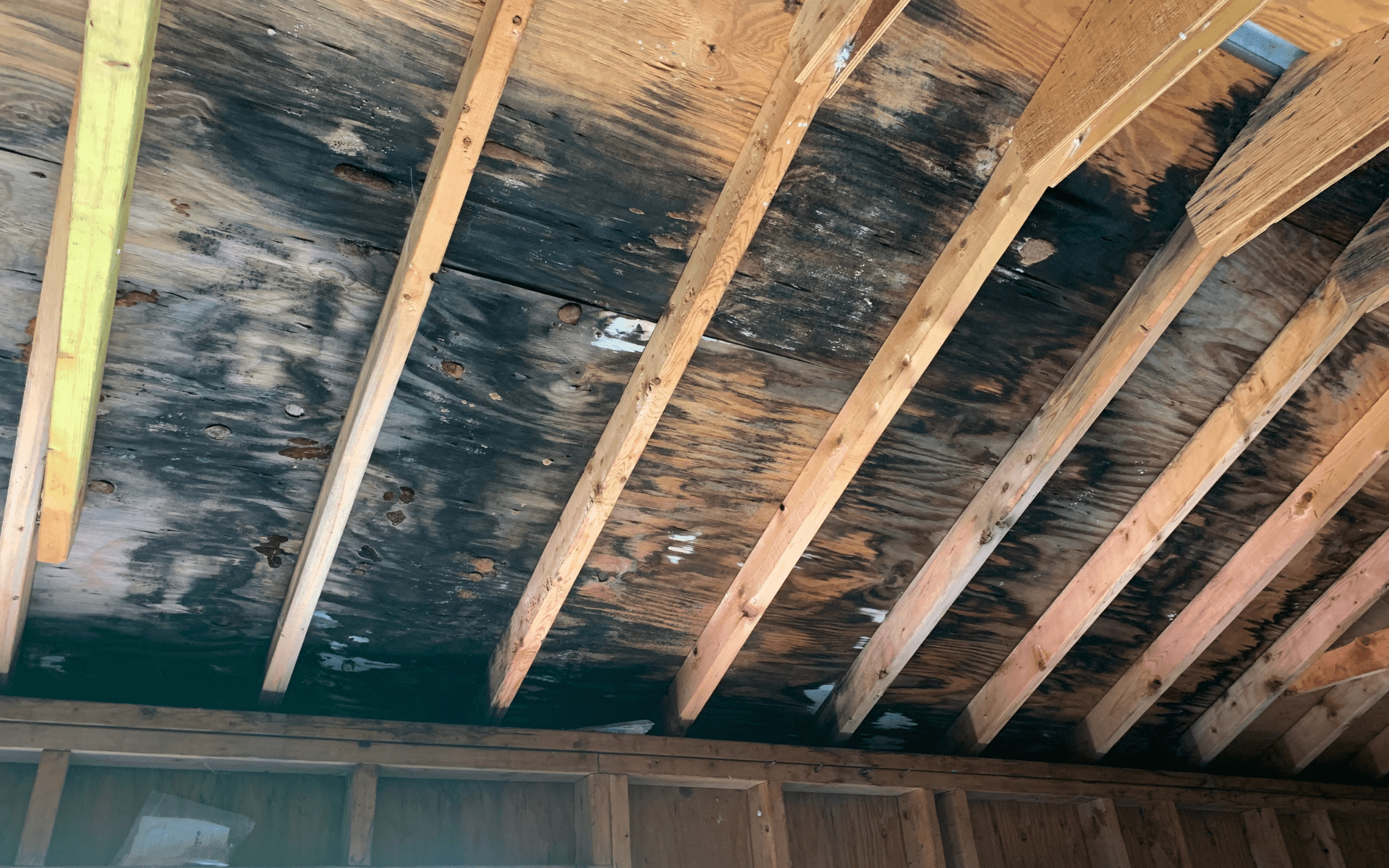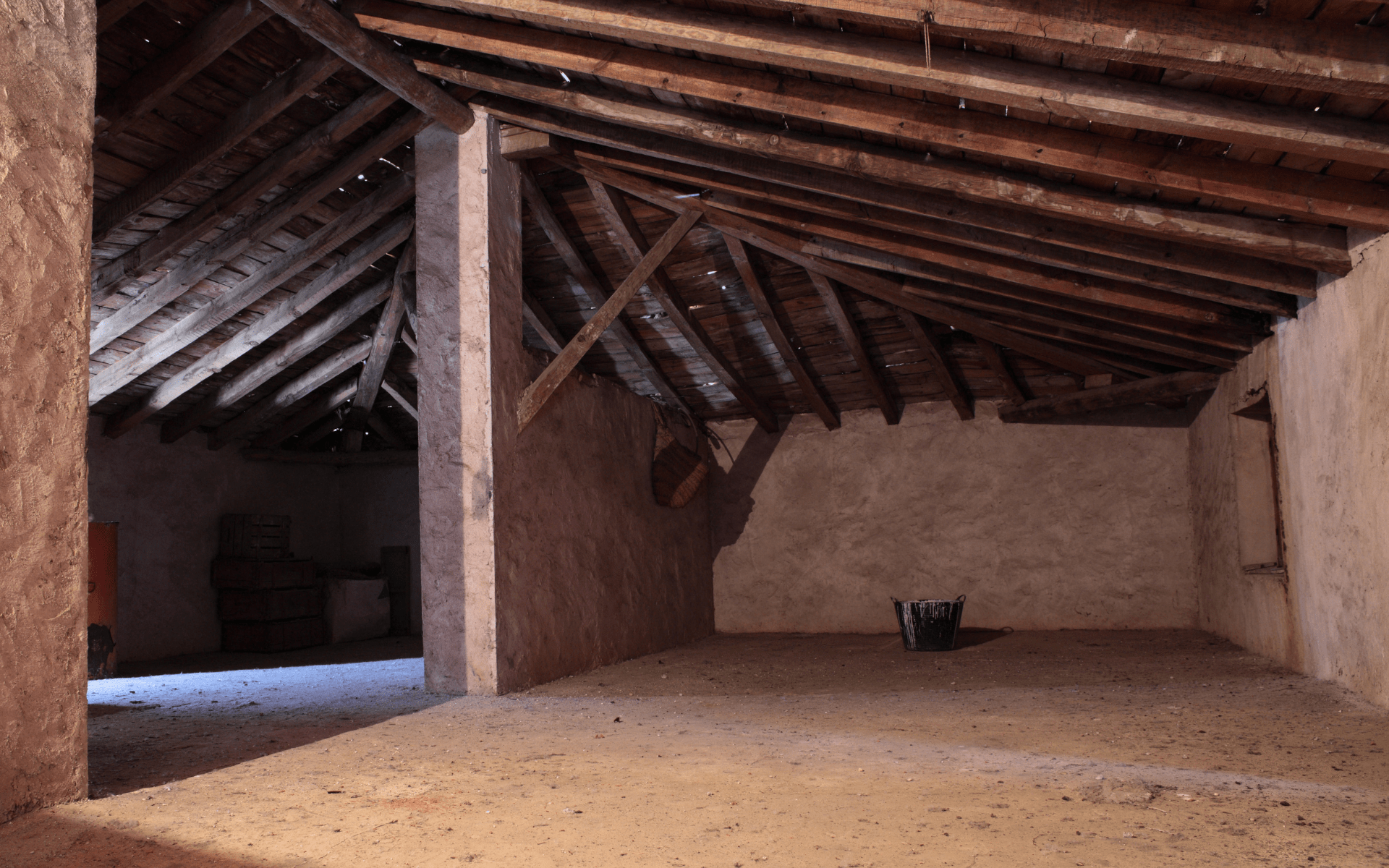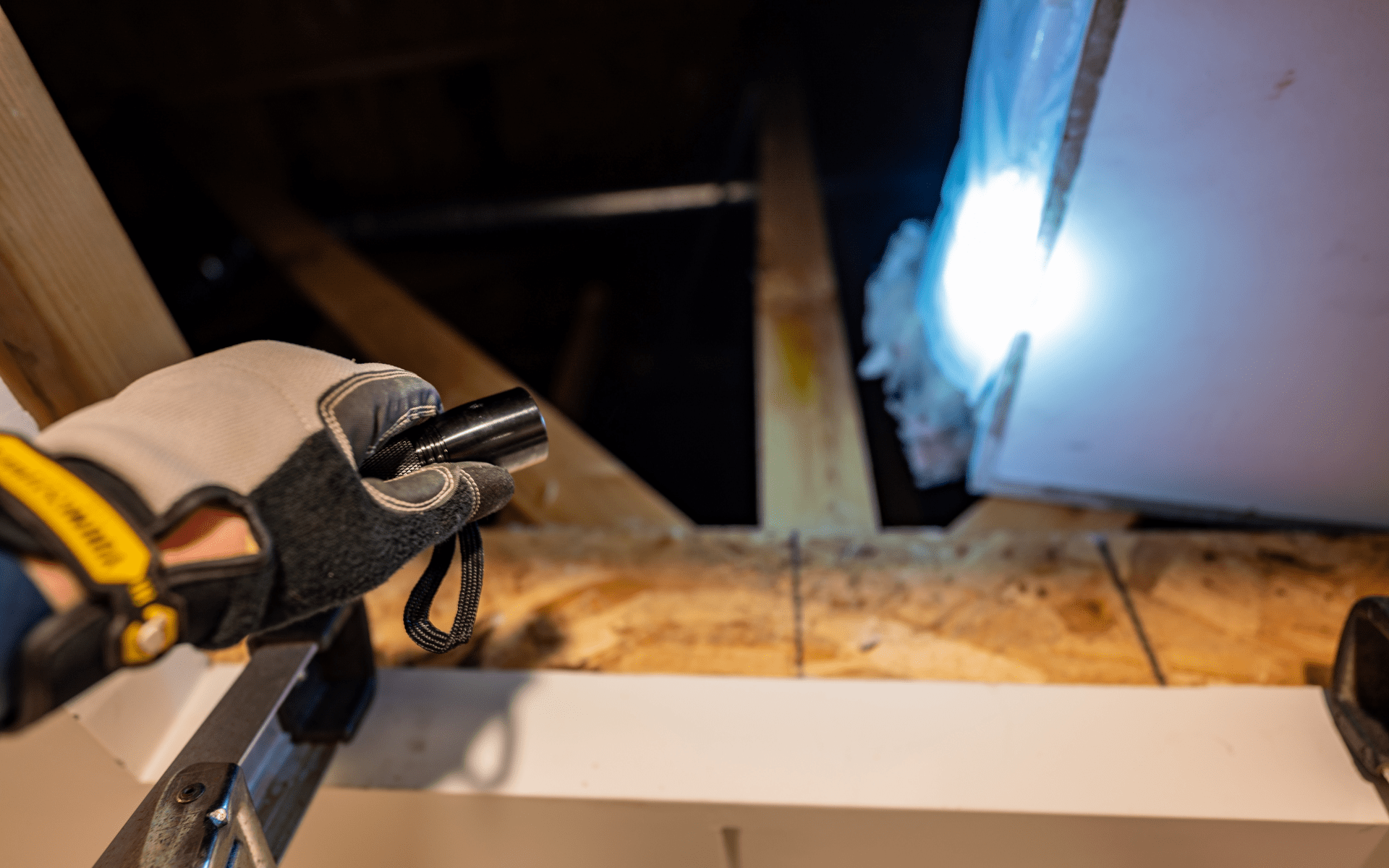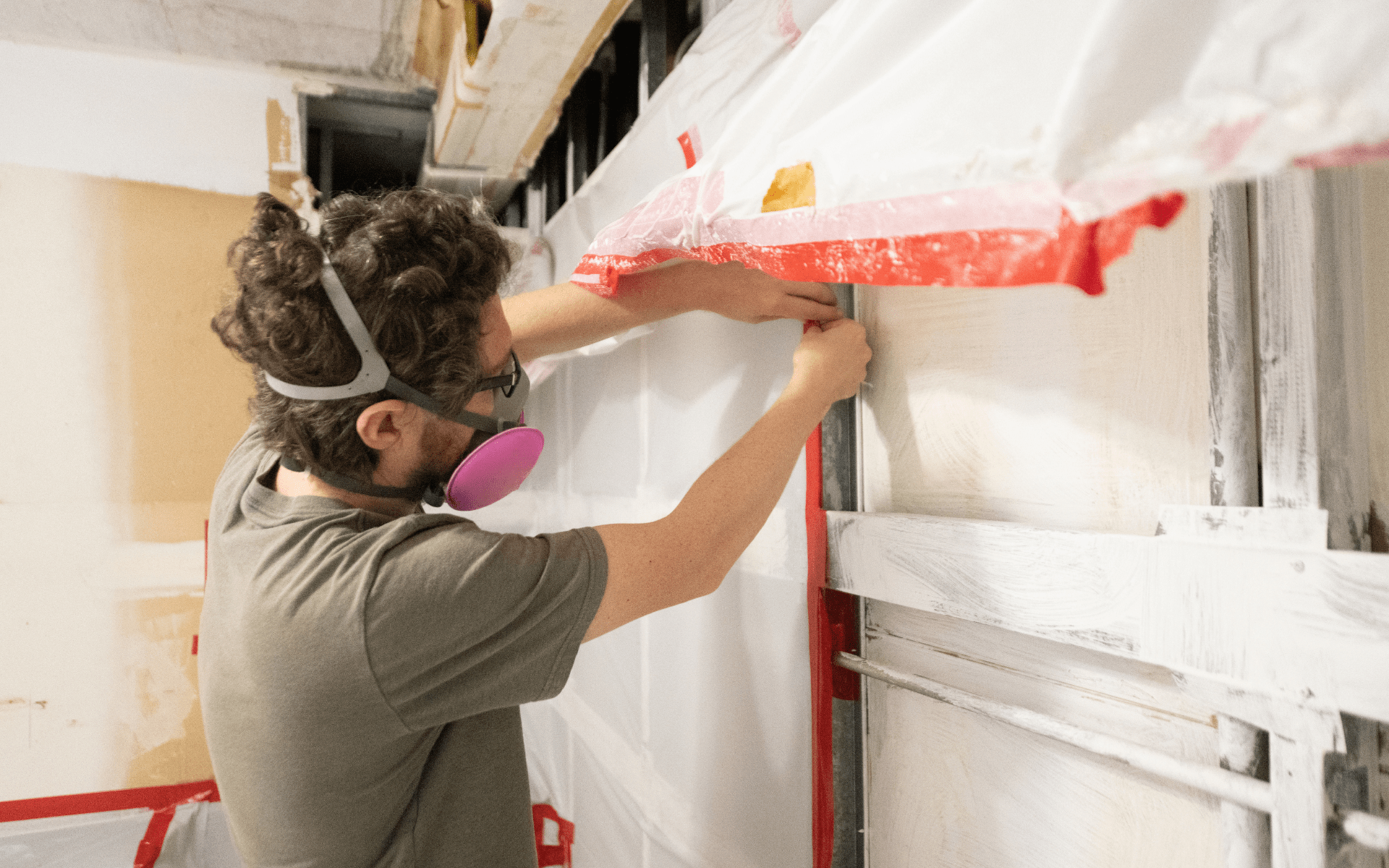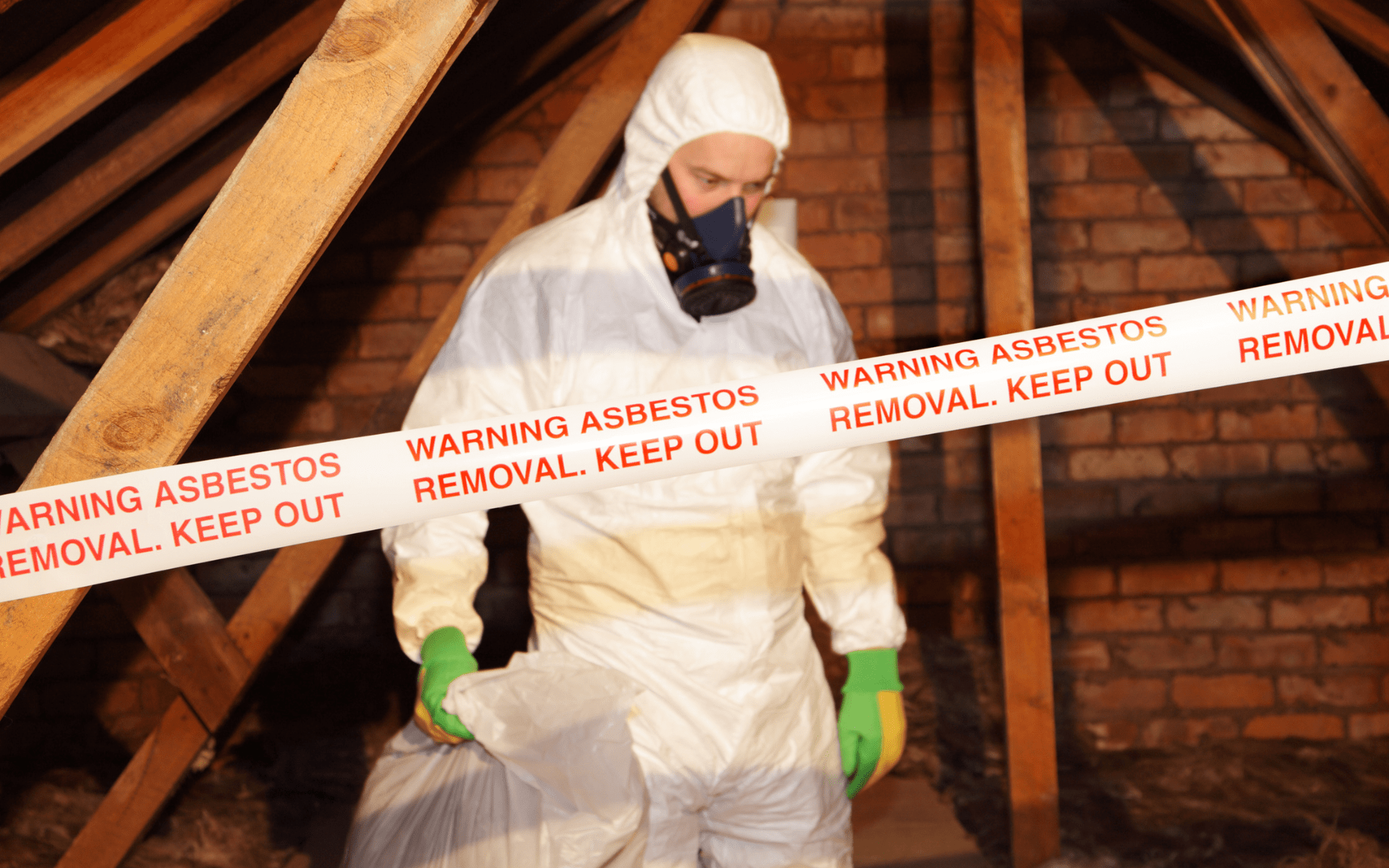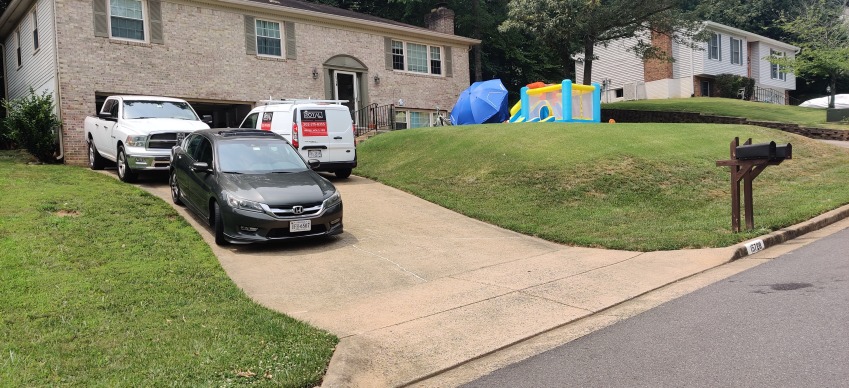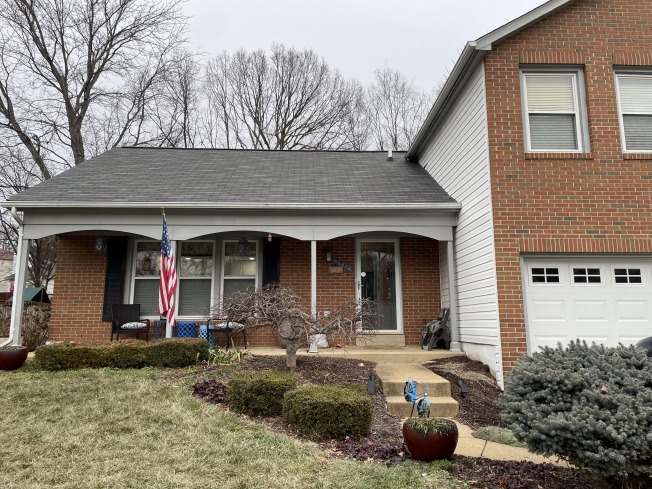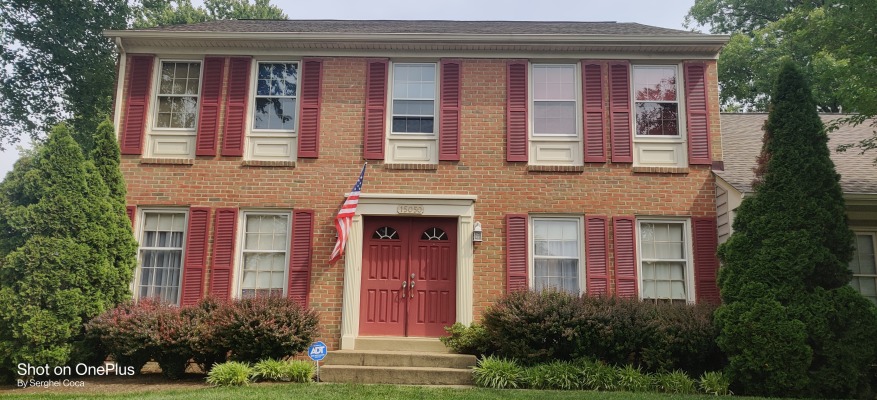Finding mold growth in your attic can raise concerns over health issues and potential damage. Persistent mold problems require a thorough response to rid the mold in your attic of mold and prevent future outbreaks. This comprehensive guide covers identifying, removing, and preventing attic mold.
We’ll explore common causes of attic and persistent mold problems and effective remediation techniques. You’ll also learn when professional mold removal services are recommended for large infestations. Follow these best practices to tackle attic mold problems and maintain a fresher, healthier attic environment.
What Causes Mold in Attics
Mold spores exist everywhere outdoors and can enter attics through vents and gaps. But mold in the attic only proliferates with sufficient moisture. Common attic moisture sources include:
- Roof leaks from damage, poor flashing, or missing shingles. Leaks directly wet roof sheathing and attic insulation.
- Inadequate attic ventilation that allows hot humid air to linger and condense rather than escaping the attic.
- Bathroom and kitchen exhaust fans vent directly into the attic rather than outdoors.
- Missing or deteriorated soffit vents or ridge vents that reduce passive ventilation.
- Frost buildup from poor insulation allows cold exterior air to penetrate and condense.
Any excess attic moisture feeds mold growth if not promptly addressed.
Identifying Attic Mold Issues
Look for key signs of a mold issue:
- Visible mold growth on wood rafters, trusses, roof sheathing, and other surfaces. May appear fuzzy or have coloration like grey, green, brown, or black.
- Dark stained areas on wood, felt paper, or drywall from moisture exposure. These water stains likely host hidden mold growth.
- An earthy, musty odor in the attic and possibly rooms below indicates mold spores are present.
- Plaster or drywall cracks from long-term moisture exposure and structural movement as wood members swell and shift.
If seeing any of these warning signs, assume that a mold problem is present and take action to control it.
Dangers of Attic Mold Growth
Left unchecked, attic mold growth poses several hazards:
- Respiratory irritation and allergic reactions from breathing in airborne mold spores. Stachybotrys or “black mold” is especially concerning.
- Spreading mold infestation if excess moisture isn’t addressed and ventilation is improved.
- Structural damage over time as mold deteriorates the integrity of wood roof sheathing, rafters, and another framing.
- Reduced energy efficiency if mold growth occurs on attic insulation, compromising its R-value.
Take any attic mold situation seriously to protect your home’s structural stability and your family’s health and safety.
Attic Mold Removal Process
Removing mold involves eliminating the visible growth as well as fixing underlying moisture issues. Consider hiring out mold removal experts or remediation professionals for large infestations. Otherwise, DIY mold cleanup is possible by following key steps:
1. Inspection and Planning
Begin by thoroughly inspecting the attic to identify all moisture sources and the extent of mold growth. Outline areas that require mold removal or wood replacement.
Choose proper PPE – gloves, N95 respirator mask, goggles, and protective clothing. Ensure suitable ventilation using exhaust fans and moist air well. Address any roof leaks or moisture entry points.
2. Surface Mold Removal
First, brush or scrape away any loose mold carefully to avoid spreading spores. Apply biocide solutions like Concrobium or borax to kill and suppress mold growth.
Use pump sprayers to saturate affected areas fully. Allow surfaces to dry completely.
3. HEPA Vacuuming
Thoroughly vacuum all surfaces with a HEPA filter vacuum cleaner to capture mold spores and residue. Dispose of used vacuum bags sealed in plastic to contain spores.
Repeat applications of biocides and vacuuming may be necessary for large infestations. Avoid stirring up excessive dust.
4. Wood Replacement
Replace any attic wood framing, roof sheathing, or insulation with visible mold growth that cannot be removed and cleaned. Promptly dispose of moldy materials in sealed bags.
5. Stop Moisture Entry
Finally, address any attic moisture sources like roof leaks, inadequate ventilation, or insulation gaps to prevent recurring mold. Install roof vents, exhaust fans, and insulation as needed.
According to guidelines from the EPA, no scientific studies are proving that biocides and fungicides alone can eliminate mold. The key is fixing the underlying moisture issue.
Mold Remedy Techniques
When tackling attic mold problems, properly removing visible mold growth is only part of the solution – controlling moisture and improving ventilation are also critical to prevent regrowth and future infestations.
- Apply mold remedy products thoroughly using pump sprayers allowing time for the treatment to fully dry on the surface. Repeat applications may be needed.
- Always wear proper PPE – gloves, respirator mask, goggles, and protective clothing when applying mold treatments to avoid contact. Work in well-ventilated areas.
- HEPA vacuum surfaces after applying liquid mold treatments to safely capture all the dead spores and residue. This prevents the spreading of mold.
- Always address and repair any water leaks or moisture entry points first to stop the source allowing mold growth.
- Improve attic ventilation and insulation to minimize humid, condensing conditions that feed mold. Installing roof and soffit vents is key.
- For surface application on limited mold growth, household bleach solutions effectively remove mold from nonporous surfaces like metal, tile, and glass.
- On porous surfaces like wood, drywall, and concrete, borax solutions better penetrate to inhibit mold growth. Borax is far less toxic than bleach.
- Concrobium Mold Control utilizes innovative tri-salt technology to physically encapsulate and kill mold on a variety of surfaces, and prevent regrowth and future food sources.
Preventing Future Attic Mold Growth
Along with remediating existing mold, take proactive steps to maintain adequate ventilation and attic conditions that discourage mold growth:
- Inspect for leaks annually and repair immediately. Keep roof shingles, flashing, and sheathing in good condition.
- Maximize attic ventilation with ridge vents, soffit vents, and gable vents. Make sure exhaust fans vent outside, not the attic.
- Insulate thoroughly to prevent condensation from temperature differences. Don’t block soffit vents with insulation.
- Monitor with moisture sensors. Raise any damp areas with additional insulation.
- Open the attic hatch after showers or cooking to allow moisture to escape.
With vigilance and proper moldy attic air conditions, you can stop mold in its tracks and prevent hazardous infestations.
When To Call Attic Mold Removal Professionals
In the case of widespread attic mold growth, extensive roof leaks, or mold affecting living areas, professional mold remediation may be required. Seek professional services for:
- Large areas of visible mold growth that cannot be effectively DIY-treated.
- Identifying and repairing difficult hidden moisture sources.
- Legally required mold testing if selling a home.
- Structural repairs are needed to address the damage.
- Cutting out and replacing extensive moldy roof sheathing or rafters.
While inspecting and maintaining your attic’s condition, keep an eye out for wet insulation for any signs of moisture or early mold growth. Address issues promptly before mold can spread and become hazardous. With diligence and proper attic conditions, your attic can remain mold-free.
Final Thoughts
Finding mold taking hold in your attic space raises legitimate health concerns and requires prompt action. While major infestations call for professional mold removal specialists, many homeowners can remedy limited mold on attic sheathing and wood surfaces themselves using products like Concrobium in a spray bottle and improving ventilation.
Addressing moisture sources like roof leaks and ensuring proper attic ventilation systems prevent persistent mold problems. Dark stains around smoke detectors alert homeowners of excess moisture. Set up ventilation improvements like ridge vents to keep the attic space breezy and unfavorable for microbial growth. With proper protective equipment, methods like vacuuming and wood sheathing replacement rid the attic of mold following industry guidelines.
Stay vigilant for moisture problems to avoid spending extra money later on extensive mold issues. Keeping your attic well-ventilated, dry, and regularly inspected saves homeowners money and concern over this hazardous household problem. Maintaining attic conditions that discourage mold preserves your home’s structural integrity and protects your family’s health from hidden microbial threats.
